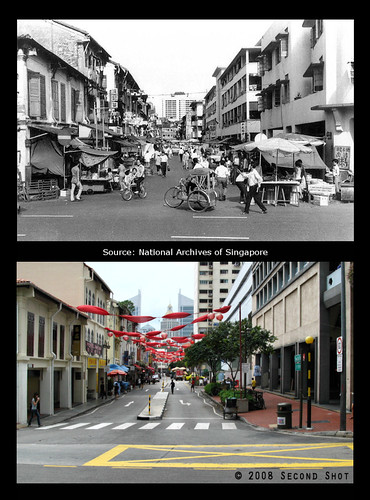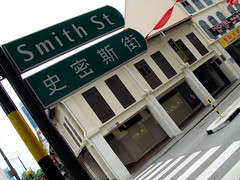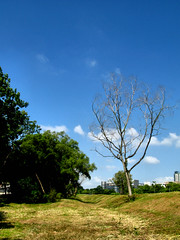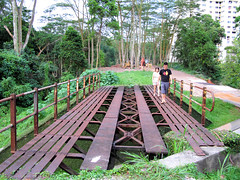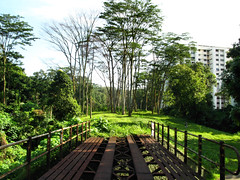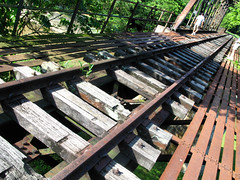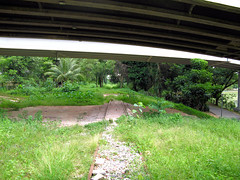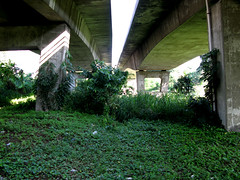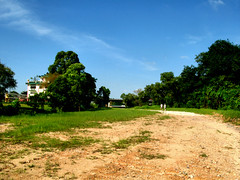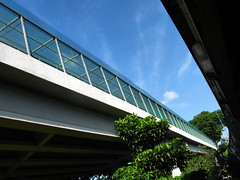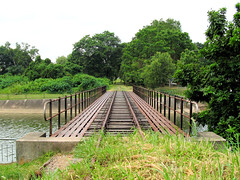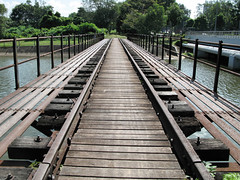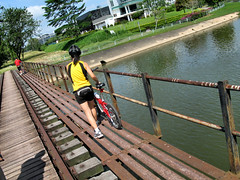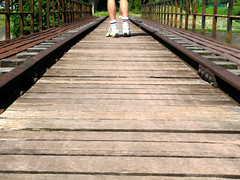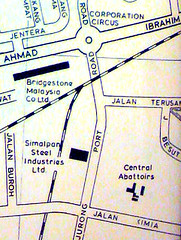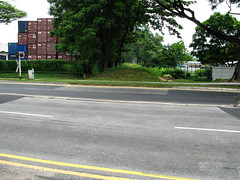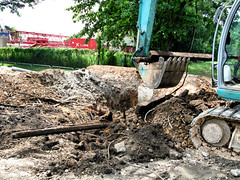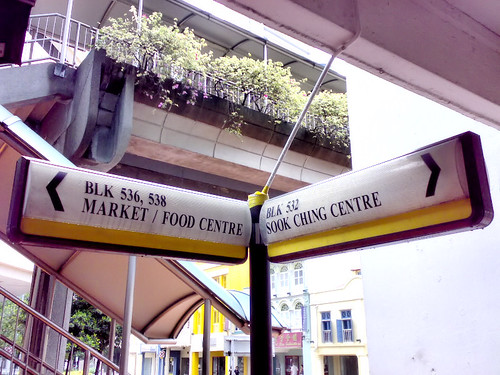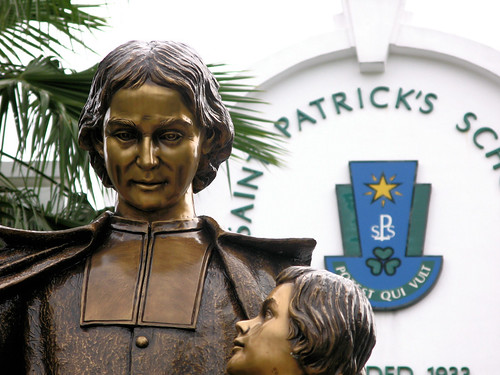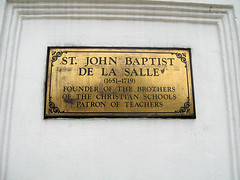Source is a 1960 photo and my second shot was taken on the morning of March 2, 2008. You can see Chinese New Year decorations leftover from the festive season a month before.
The scene of the 1960 Smith Street is pretty comical actually. It is like a standoff between the old and the modern. On the left you have those dingy shophouses with wooden creaky windows and walls in need of a paint job; on the right the stylish flats stand stoutly with their whitewashed walls. They stare across at each other with their eyes, the windows. If we agree that the pace of development accelerated in the 1960s, then the standoff can be likened to a struggle in post-independence Singapore - will the old make way for the new? Who will outlive the rest?
Residents of the shophouses in 1960 Smith Street would be surprised to find the flats opposite gone in 2008. Their own houses, interior modernised and facade preserved, are still staring defiantly across the street.
**********
What got me interested in a second shot was the foreground building on the right. You may not recognize this nondescript building in the 1960 photo, but what if I were to show you this?
This famous photo, reproduced in history textbooks, will be familiar to those who paid a little more attention during their history lessons. You will also find it in the exhibition at Old Ford Factory which ordinary guy blogged about here.
This SIT flat was the Kempeitai West District Branch. The infamous YMCA was Kempeitai HQ as well as East District Branch. Because I've not read of any North or South Branch, the West Branch seems very high up in the hierarchy. The Kempeitai commandeered other civilian properties as well, like the White House Hotel at Mayo Street which is now Hotel 81 Rochor.
Here, I share with you some interesting observations. In both old photos, we see similar-sized advertisement plastered on the entrance wall. The one in 1960 shows the big Chinese characters 猪肉粥 (pork porridge), the 'porridge' is especially big judging from the lady in front. Below the advertisement, the wall was painted with a different colour. This colour stripe would be very prominent as it reached chest level, again using the lady as reference. I wonder how the building looked like in colour.
Next, look up and to the left, at the row of windows along Smith Street. Have you noticed the wall was actually tapered for the first two windows? But wait, here comes the most exciting part - the flower pot outside the window. It could be the same pot, barren in the older photo, but teeming with life just like the street downstairs in the later one.
**********
This shall be my last post for 2008. I hope you enjoy this second shot post and also the Second Shot blog itself. More exciting posts coming up in 2009, including the backlog of exploration and research which I've not blogged.
I wish to thank you guys for your support, especially Adelin who has been my constant reader and follower; FOYers Chun See and Victor who first started linking to me from their blogs, contributing a large part of the incoming traffic; Noel for writing the post in yesterday.sg. I wish to thank Peter also for sharing with me his research from his family history project. To all the readers, whoever you are, wherever you are, let me say a big thank you!





